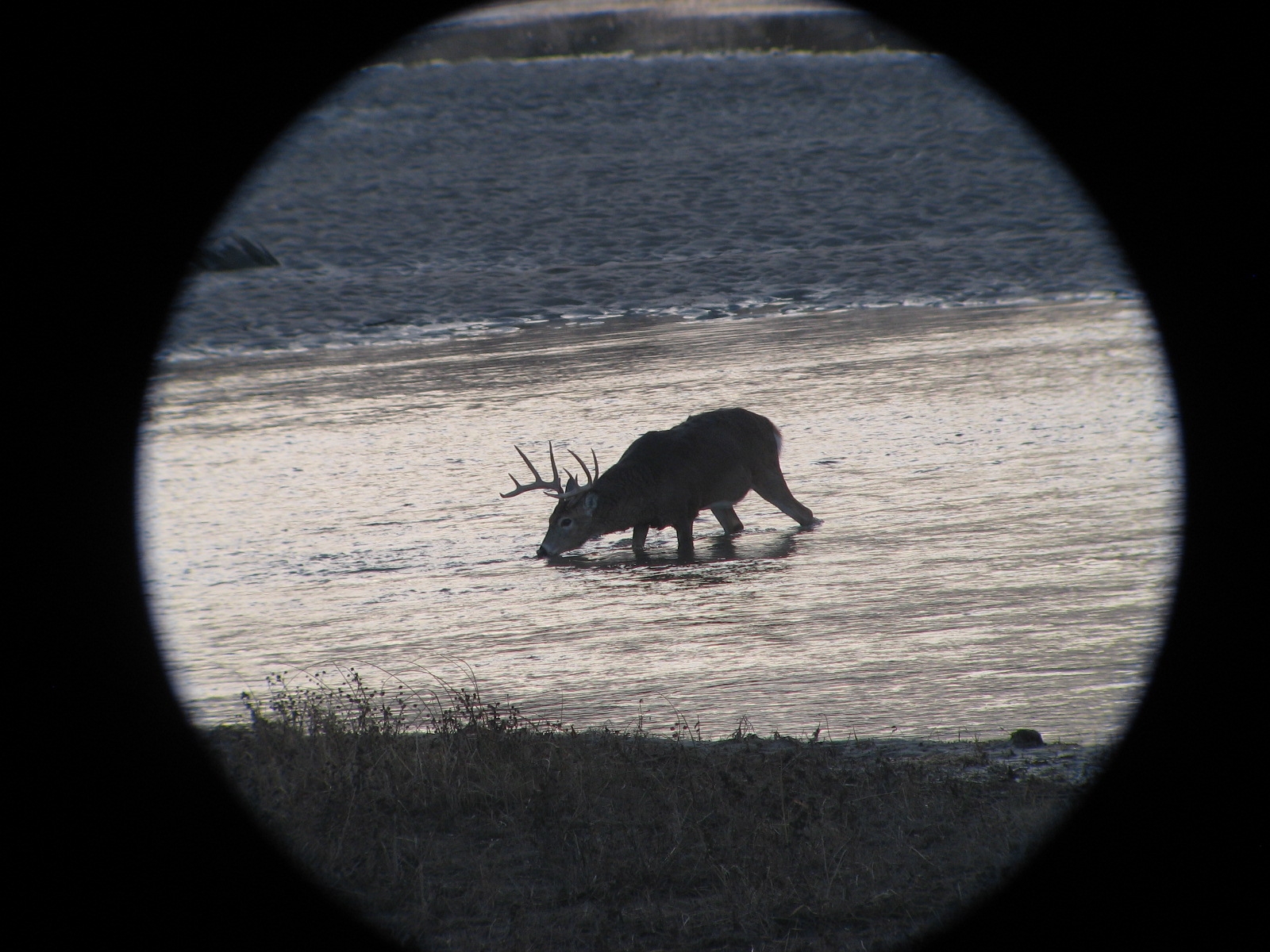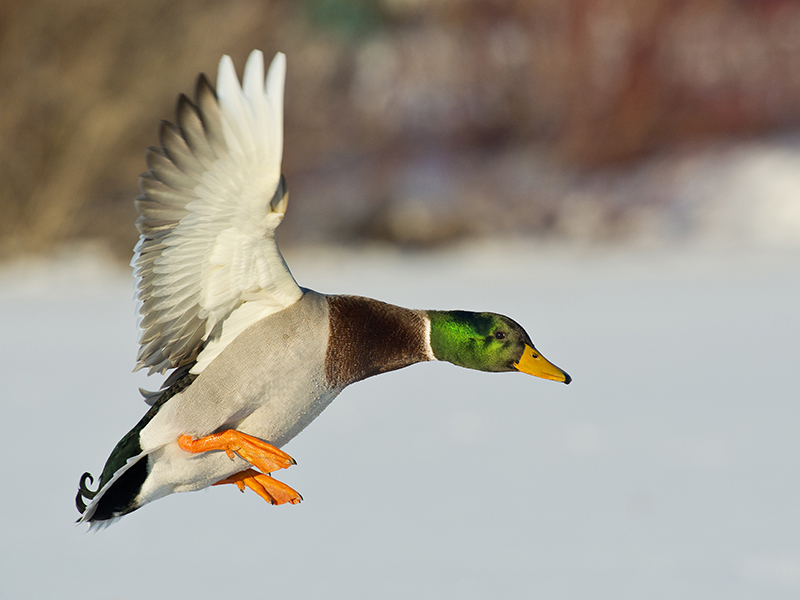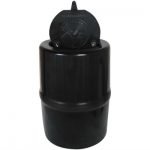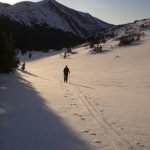 If you’ve lived around here for more than a week, you are aware that wildlife viewing in Colorado is easy and thrilling.
If you’ve lived around here for more than a week, you are aware that wildlife viewing in Colorado is easy and thrilling.
With over 900 species living in Colorado’s 12 National Parks and 42 State Parks, it might be more difficult not to see a critter in the wild.
At Outdoors Geek, one of the many reasons we love getting outdoors is so that we can see what life is like for these hundreds of creatures. Whether we are hiking, backpacking, camping, or biking, we’ve found that it is important to take time to stop, listen, look, and even SMELL. That’s right – take a big whiff folks, because scat-tracking is one of the best ways to spot an animal in the wild!
 Technically referred to as scatology, scat-tracking is the study of feces for the purpose of identification. Scatological studies allow one to determine a wide range of biological information about a creature, including its diet (and thus where it has been), health and diseases such as tapeworms.
Technically referred to as scatology, scat-tracking is the study of feces for the purpose of identification. Scatological studies allow one to determine a wide range of biological information about a creature, including its diet (and thus where it has been), health and diseases such as tapeworms.
And you’re in luck – you don’t have to have a PhD in order to get down and dirty with some animal excrement! With endless online and written resources, you can learn to identify excrement all on your own. In doing so, you will learn the makeup of your environment as well and information about the creatures around you.
Check out one of our favorite scatology books, written specifically for children, called Who Pooped In the Park?: Rock Mountain National Park.
Here are some things you might find while sifting through scat:
- Bits of plant material (stems, seeds, husks, and stalks) indicate an herbivore source. There’s almost no scent to the droppings of a plant-eater, although those that have gorged on berries leave (believe it or not) sweet-
- smelling dung.
- Scat filled with animal material (scales, bones, and fur) was left by a carnivore, and usually has a rank smell.
- Listen, as well as look. A mass of flies indicates a pile of fresh scat. If you hear flies buzzing but can’t spot any scat, you may have a fresh predator kill on your hands. Leave the area immediately.
- Moose pellets are larger than those of deer. Deer and rabbit pellets are about the same size, but deer pellets are pointed; rabbit scat is rounder.
- Mink, weasels, marten, and fishers leave their calling cards on prominent objects, such as rocks and logs, in the middle of the trail. Their spoor are compacted, twisted bits of fecal material and hair, but if you find seeds in them, you’re on the trail of the omnivorous marten.
- Mouse droppings are the size of rice, very rough, wrinkled, and irregularly shaped. Squirrels produce smooth, oval pellets that are slightly larger.
- Wild cat scat is more segmented, as opposed to the loglike canid feces.
- Piles of scat at a tree’s trunk were left by a raccoon or a raptor. Look up for a nest or roost.
And don’t forget that scat isn’t just at your feet.
- Cliff faces that are “whitewashed” tell of birds’ nests up high.
- Rock outcrops are often outhouses. Small, twisted pieces of scat reveal a marmot’s presence.
 So, next time you grab some Outdoors Geek gear and head out to the wilderness, make sure to STOP, LISTEN, LOOK, AND SMELL.
So, next time you grab some Outdoors Geek gear and head out to the wilderness, make sure to STOP, LISTEN, LOOK, AND SMELL.
In case you weren’t aware, we love the outdoors and Outdoors Geek is here to help you put a diversity of quality outdoor experiences within your reach – including scat-tracking!
We have a wide range of outdoor experience including backpacking, camping, hiking, group trips, guiding, canoeing, car camping, fly fishing high mountain lakes, hunting trips, climbing 14ers, and more. We are the only place on the planet where you can Rent it, Try it, or Buy it. You can count on Outdoors Geek for top notch gear and all the help you need to make your outdoors adventure happen.






